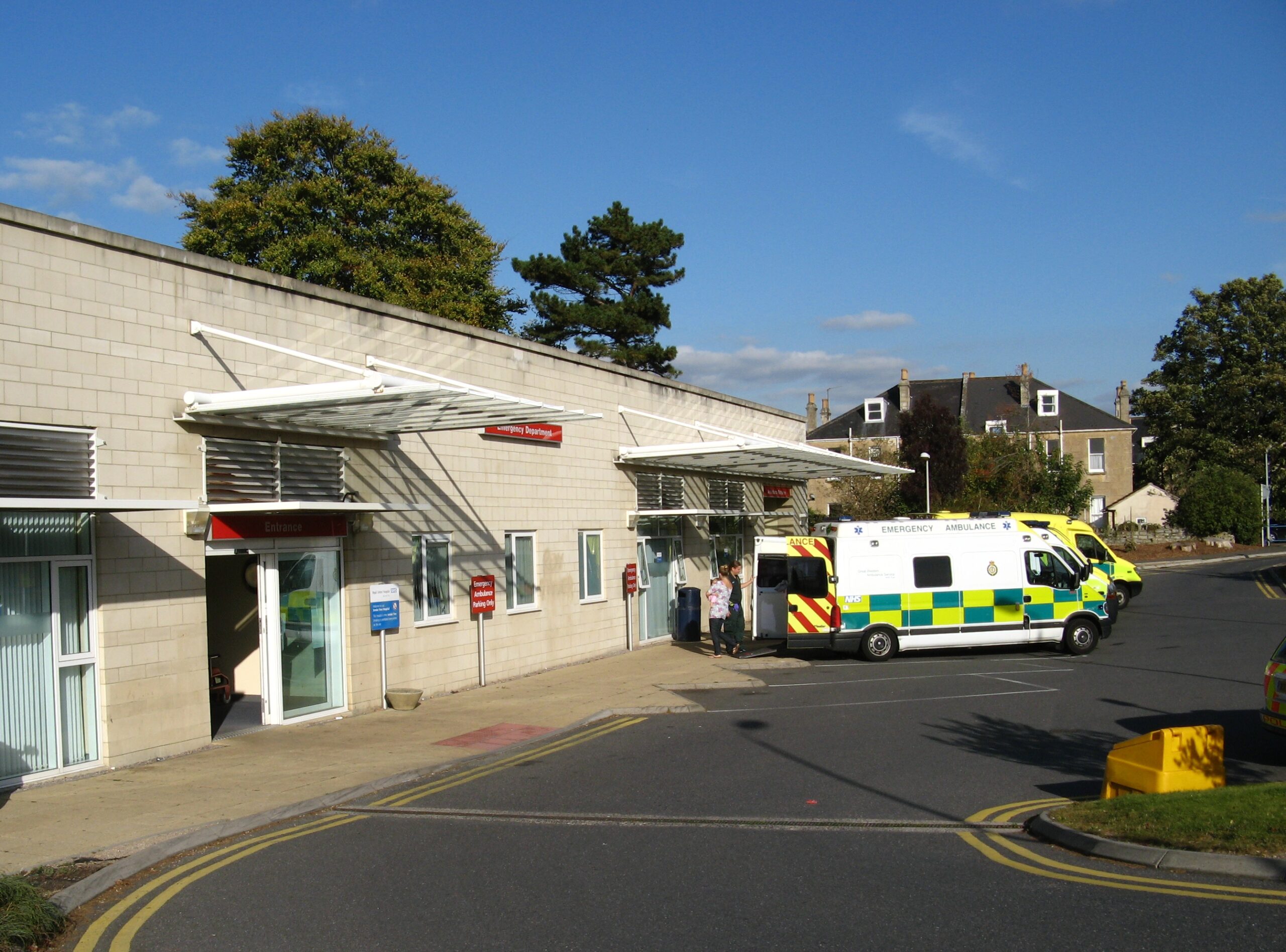
Public hospital emergency departments in every state are overwhelmed, with ambulance ramping the most visible manifestation. Emergency department performance is deteriorating with fewer people being seen in a timely manner.
Labor, in its first major health election campaign announcement, has signalled it recognises the problem, and is offering an innovative solution — at least 50 new urgent care centres.
What is an urgent care centre?
About one-third of presentations to emergency departments may have been able to be managed in another setting, such as GP clinics.
There are several definitions used to identify these patients retrospectively in datasets – for example: “not too urgent”, “not arrive by ambulance”, “not admitted” — but the important issue is identifying these patients prospectively and encouraging them not to go to the emergency department, but rather to seek care elsewhere.
The reasons these patients attend an emergency department are complex and may be multi-faceted – it may be to do with perceived availability of necessary diagnostic equipment (for example x-rays), cost, or their regular general practice was not open.
The Labor proposal addresses some of these by ensuring the clinics will bulk bill and that they will be open extended hours, with appropriate equipment.
The issue of potentially avoidable emergency department presentations is facing health systems around the world, and so the “urgent care centre” idea is not new.
Close to home – and referred to in Labor’s proposal – are the New Zealand urgent care centres. These centres – with medical staff specifically trained in urgent care – treat minor ailments, fractures, sporting injuries, sprains and strains, and infections.
South Australia has established four “priority care centres” in Adelaide with a similar remit. Labor’s proposal refers to the centres potentially treating “broken bones, wounds, minor burns, and scrapes”, so fits the same profile as the New Zealand model.
Importantly, both the South Australian and New Zealand models are established with general practices, and Labor’s proposed model is similar. In this way, they are a contrast to a Rudd government initiative of free standing “Super Clinics”.
Importantly, the Labor Party commitment is that there will be further development of this proposal with state and territory governments and other stakeholders, including local emergency departments and ambulance services, and hopefully Primary Health Networks as well.
Do urgent care centres work?
The million-dollar question – actually the A$135 million question – is whether these new centres will work. People will certainly use them, but that is not the critical benchmark for an evaluation. What is important is whether use of an urgent care centre will reduce emergency department use.
The evidence from New Zealand is promising – emergency department attendances are lower in Auckland, which has a network of urgent care centres, compared to other parts of the country.
Importantly, the Labor commitment is phrased as a pilot, so hopefully a rigorous evaluation study will be developed alongside the establishment of the new centres, allowing a proper evaluation. If the evaluation shows there are demonstrable, measurable benefits in reduced emergency demand, with good care outcomes, then the new centres will provide a platform for further expansion across the country.
Will urgent care centres fix the emergency department mess?
Here the answer is more complex.
There is no single, simple solution to emergency department overcrowding, but urgent care centres will help, and they are certainly better than nothing, which is the Morrison government’s offer to date.
Emergency department access is also a system and flow problem – patients are staying too long in hospital because they cannot get adequate aged care support at home or a bed in a residential aged care facility, or because the National Disability Insurance Scheme has failed to provide appropriately for them.
Another contributing factor is mental health care. The Productivity Commission showed the mental health system in Australia is a renovator’s opportunity, and additional support systems are needed to help people avoid crises which lead to emergency department presentations.
People, especially younger people, don’t have a regular GP and might think the emergency department is the best place to go for chronic care, which it’s not.
In summary, the Labor urgent care initiative is innovative – at least for Australia – and welcome. But Labor needs to be careful it doesn’t over-hype the initiative. It is a pilot. It addresses one component of the overall emergency department flow problem. It has yet to be evaluated. So we should have an open mind about whether the approach really works prior to investing too much in it.
Unfortunately, in the black-and-white world of an election campaign, nuance sometimes goes out the window.
This article was originally posted on Labor’s urgent care centres are a step in the right direction – but not a panacea